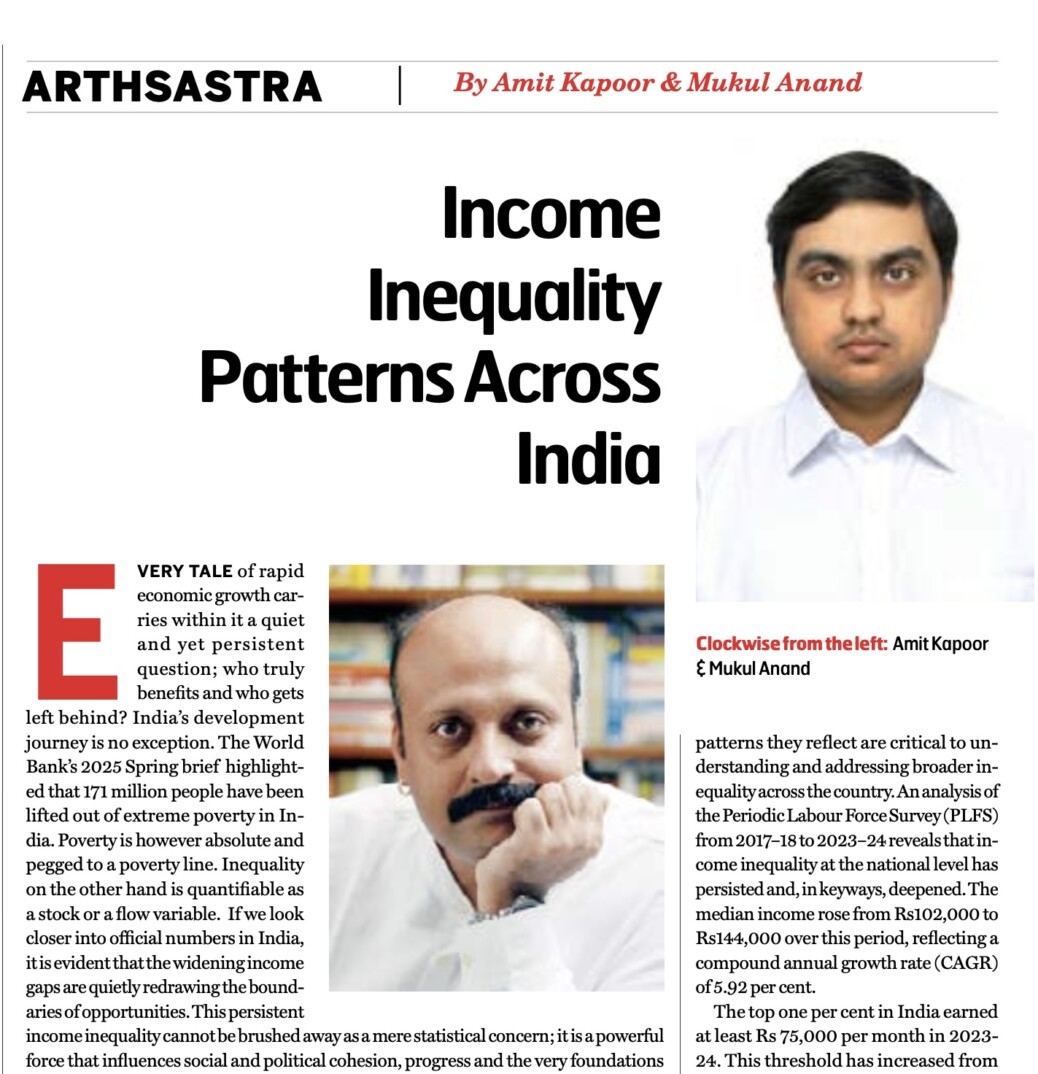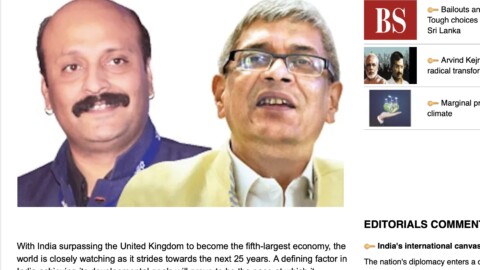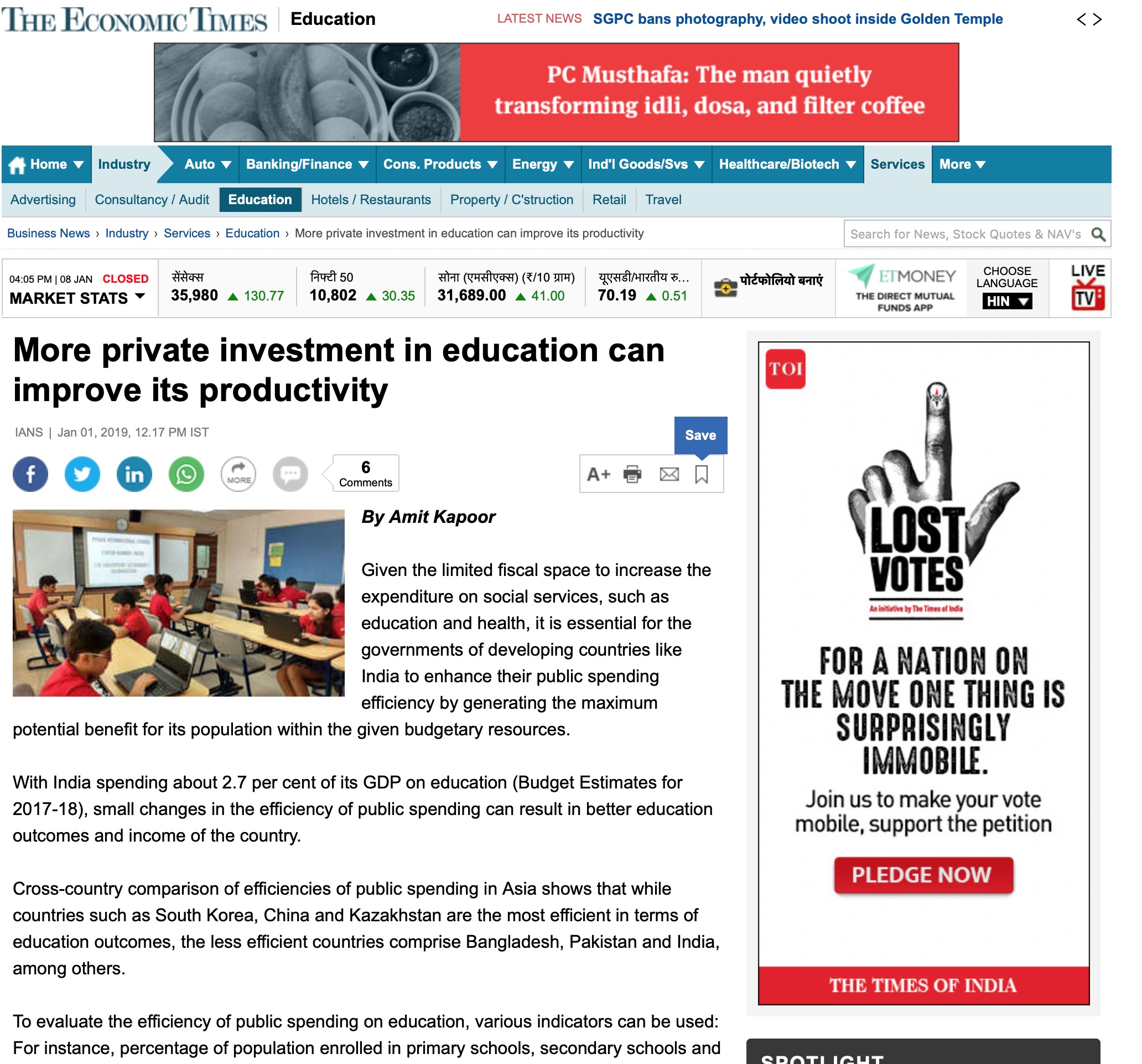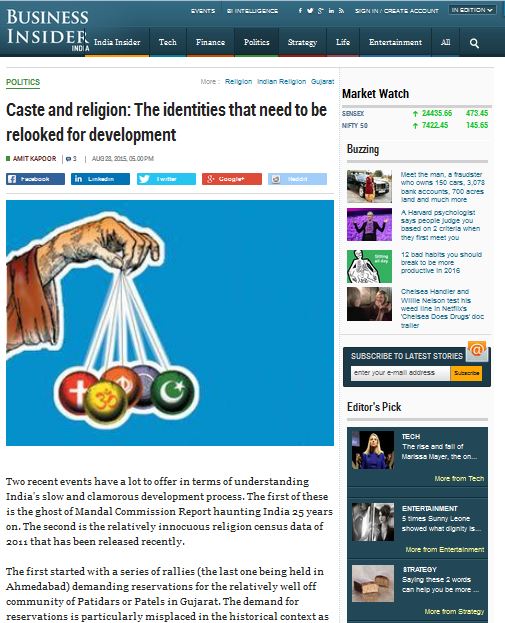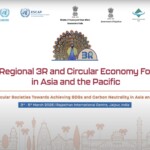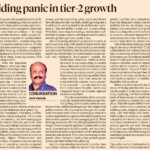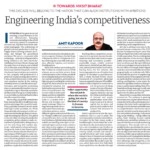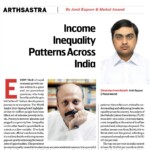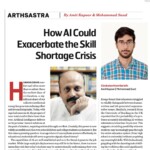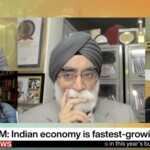Every tale of rapid economic growth carries within it a quiet and yet persistent question; who truly benefits and who gets left behind? India’s development journey is no exception. The World Banks’s 2025 Spring brief highlighted that 171 million people have been lifted out of extreme poverty in India. Poverty is however absolute and pegged to a poverty line. Inequality on the other hand is quantifiable as a stock or a flow variable. If we look closer into official numbers in India, it is evident that the widening income gaps are quietly redrawing the boundaries of opportunities. This persistent income inequality cannot be brushed away as a mere statistical concern; it is a powerful force that influence social and political cohesion, progress and the very foundations of inclusive growth. Research across global economies, from Piketty’s Capital Accumulation to Amartya Sen’s Capability approach unanimously show that societies with entrenched income divides risk slowing innovation, weaking democratic participation, and stalling social progress. In India’s case, bridging the income gap is not just a moral necessity but an economic imperative: the promise of a truly inclusive and resilient Bharat depends on it. The former Chair of the PM’s Economic Advisory Council noted that “Inequality is an emotive issue. It is also an empirical issue, since definition and measurement are contingent on the metric used and data available, including its timeline.” Under his tenure there was a continuous examination into the issues of poverty and inequality with empirical evidence embedded in databases across India. Keeping his legacy alive, the Institute for Competitiveness conducted a thorough study into Income Inequality and Labour Markets in India.
Labour market data offers a powerful lens into the structural drivers of income inequality in India, revealing how systemic disparities and not just individual skills shape wage outcomes. Since labour incomes form the core of household earnings, the patterns they reflect are critical to understanding and addressing broader inequality across the country. An analysis of the Periodic Labour Force Survey (PLFS) from 2017–18 to 2023–24 reveals that income inequality at the national level has persisted and, in keyways, deepened. The median income rose from ₹102,000 to ₹144,000 over this period, reflecting a compound annual growth rate (CAGR) of 5.92%.
The top 1% in India earns at least ₹75,000 per month in 2023-24. This threshold has increased from ₹50,000 in 2017-18 reflecting a CAGR of 6.99%. In 2017-18, the monthly income to be in the top 10% was ₹25,000. It has since risen to ₹32,000 with a CAGR of 4.2%. For the bottom 50%, income levels moved from ₹8,500 to ₹12,000 while the bottom 10% saw their thresholds inch up from ₹3,200 to ₹3,900 only. This muted 3.35% CAGR at the lowest rung is a sharp contrast to the accelerating gains at the top pointing growing asymmetries in income gains across the Indian labour market.
The Gini coefficient, which is a standard measure of income inequality, remained around 0.42 during this period, suggesting little meaningful change even as per capita GDP rose from $1,907 to $2,481. Moreover, the Theil index stood at 0.33 in 2023–24, reinforcing the picture of concentrated gains at the upper end of the income distribution. Further analysis also revealed accelerating growth at the top and stagnation at the bottom income levels. The ratio of the top 1% income threshold to that of the bottom 50% increased from 5.89x to 6.25x over these seven years. In contrast, the gap between the top 10% and the bottom 50% narrowed slightly only from 2.94x to 2.67x, suggesting some marginal improvements among the broader middle-upper tier, though gains remain modest and uneven. This undeniably casts a worrisome shadow over the prospects of equity and mobility in the Indian Labour Market.
At the sub-national level, stark disparities in inequality dynamics have emerged, with some states diverging significantly from the national average. States like Himachal Pradesh, Meghalaya, Chhattisgarh, Maharashtra, Odisha, and Jharkhand exhibited the highest levels of income inequality, as measured by both Gini and Theil indices. In these states, the gap between the top 1% and bottom 50% was particularly pronounced, indicating that wealth accumulation at the top has outpaced improvements at lower income levels. Conversely, states such as Mizoram, Bihar, Manipur, and Goa showed relatively lower inequality levels. Some of these states notably Mizoram and Bihar also managed to narrow gaps between income thresholds, reflecting stronger inclusivity at the bottom half of the distribution. Income dynamics within employment types also varied widely across states. In Himachal Pradesh and Maharashtra, self-employed workers exhibited the widest income gaps, while salaried workers in states like Chhattisgarh and Meghalaya showed growing top-end income concentration. Additionally, the rural-urban income divide widened in many states, particularly among top income thresholds, compounding the problem. For instance, urban top 10% incomes were more than double rural incomes nationally by 2023–24, with states like Himachal Pradesh, Bihar, Goa, and Meghalaya leading this rural-urban divergence.
The weakening of India’s middle-income groups, reflected in both PLFS and income tax return data, signals a worrying trend toward a hollowing-out of the economic centre. Addressing income inequality in India demands more than aggregate economic growth. As Nobel Laureate Joseph Stiglitz has noted, middle-class erosion threatens both political stability and sustainable demand-driven growth. This requires deep, structural interventions: strengthening rural economies, investing in education and skill-building for lower-income groups, promoting gender parity in labour markets, and expanding access to formal employment. In a rapidly transforming India, equitable distribution of opportunities and incomes will be key not just for fairness, but for building a resilient and prosperous nation capable of harnessing its full demographic and economic potential.
The article was published with Business World on June 11, 2025.
